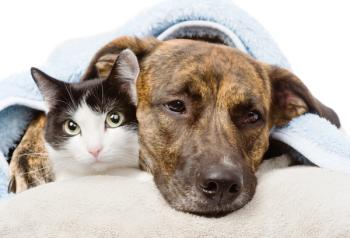
Trupanion reports no increase in respiratory-related pet insurance claims.

Trupanion reports no increase in respiratory-related pet insurance claims.

Five researchers will each receive $15,000 to continue their investigations on respiratory conditions in horses.
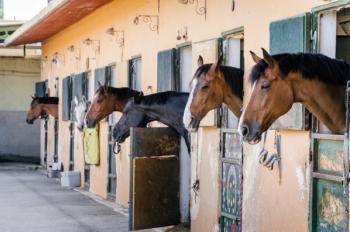
Clients are often quick to place blame on the new horse for introducing strangles to a herd, but veterinarians who provide appropriate client education can control the pandemonium before it begins.
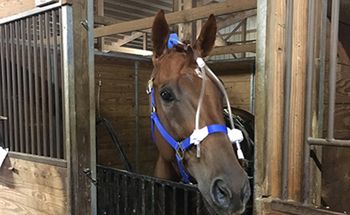
Research has shown that reducing dust and mold exposure from hay may help combat inflammatory airway disease and improve performance in racehorses. We talk with researchers who are studying this problem.

Two multipart investigations evaluate efficacy, safety and optimal dosing of monthly oral moxidectin against Dirofilaria immitis.

Brachy breeds are as popular as ever with pet owners, and as a result, veterinarians continue to see patients with respiratory aberrations associated with BOAS. A board-certified surgeon offers the latest options to treat these conditions in dogs.
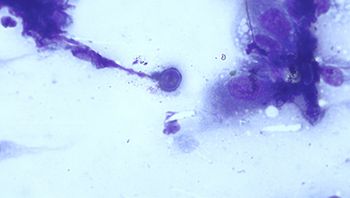
Below is a skin cytology from a 3-year-old male neutered Doberman pinscher with cutaneous lesions. Whats going on?
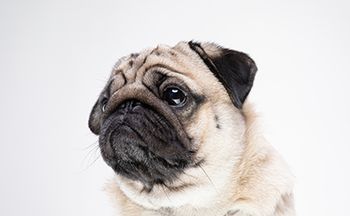
Being aware of breed-specific characteristics that affect the upper and lower airways will improve veterinary client education and patient safety, but dont jump to any diagnostic conclusions without a thorough workup.
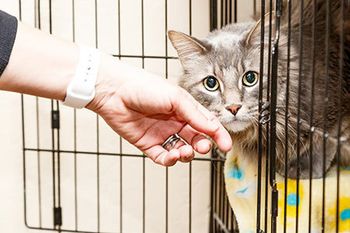
The widening geography of pet travel has increased an already significant problem in animal shelters and other veterinary facilities that house commingled animals. Heres the latest.

New research explores the paradoxes pet owners face when choosing dogs with conformational medical problems.
![veterinary_chicken_dvm0911_103239261-[183652390]-{516600}-450.jpg](https://cdn.sanity.io/images/0vv8moc6/dvm360/eff990acc46d9bd747c6871a130d75e2699a79e8-450x450.jpg?w=350&fit=crop&auto=format)
USDA urges bird owners to follow biosecurity measures to protect flocks, pets.

Im not arguing for diagnoses and ineffective remedies. But I think pet service providers should be our informed partners, not our adversaries in veterinary medicine.
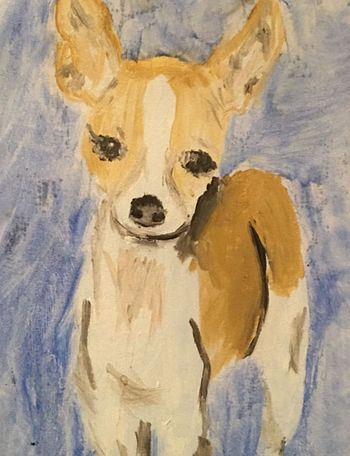
When a veterinary patient presents with coughing, you know you must distinguish between a cardiac or respiratory cause. Which is it? This veterinary cardiologist helps you sort through your differentials.

One Montana veterinarian was determined to get to the bottom of the cause of canine illness in his hospitals.

In pneumonia and pyothorax cases, treatment while awaiting test results is recommended, but not in bronchitis cases.
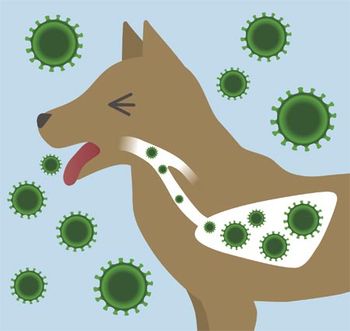
A 10-day observation period is recommended in dogs with mild clinical signs as most pathogens involved in this respiratory disease are viral.
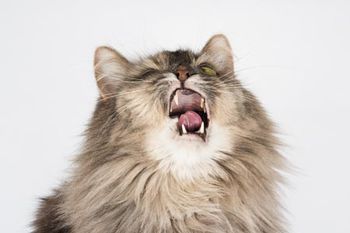
Diagnosis and treatment can be simplified by assessing whether the disease is in the acute or chronic state.
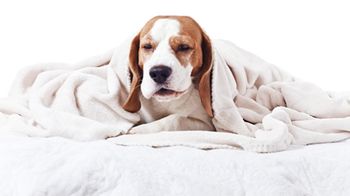
Veterinarians and pet owners should monitor patients for signs of respiratory disease, isolate affected animals at least 21 days.
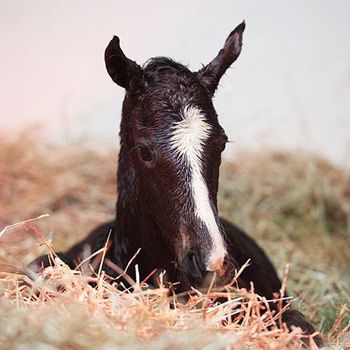
When a foal becomes hypoxic in utero, a vicious cycle can ensue. Heres a look at meconium aspiration syndrome prevalence and treatment in foals, as well as learnings from other species.

Dog shows, dog parks and other dog get-togethers are a prime place for pathogens to have a heyday. One group of veterinary researchers has created resources to help you and your clients keep these events safe.

When it comes to obtaining thoracic radiographs of coughing dogs, diagnostic imaging specialist Dr. Rachel Pollard has tips for improving your image.
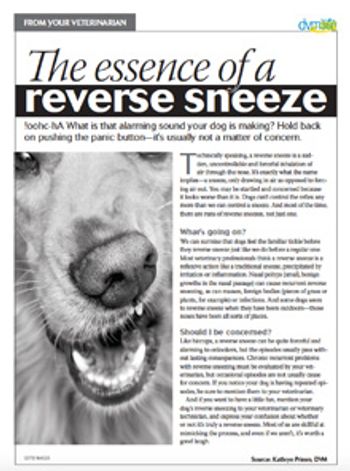
Have veterinary clients alarmed by this clinical sign? Alleviate their fears with this handout.
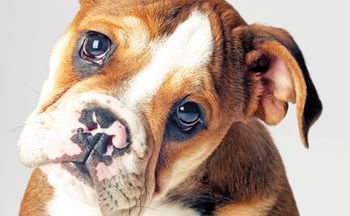
UC Davis researchers say the lack of genetic diversity in English bulldogs is concerning for the future of the breed.
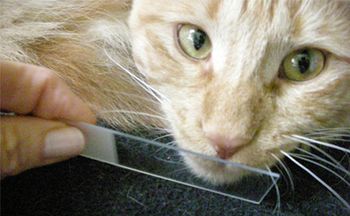
Chronic upper respiratory disease can be a confounding problem in veterinary patients, especially in cats. Explore diagnostic and treatment approaches that will help your affected feline patients breathe easier.
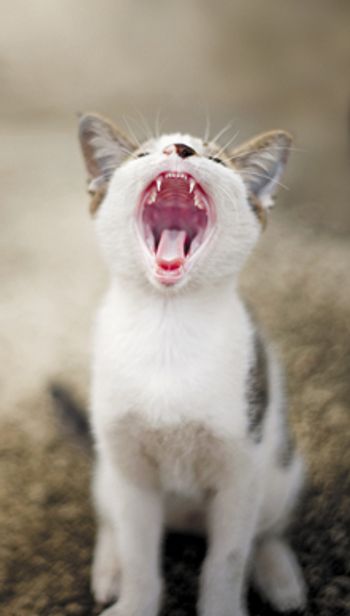
That ET tube is going down the patients hatch, so disinfect it like crazy. Here are five cleaning methods going head-to-head in fighting strep and Bordetella in a new study.